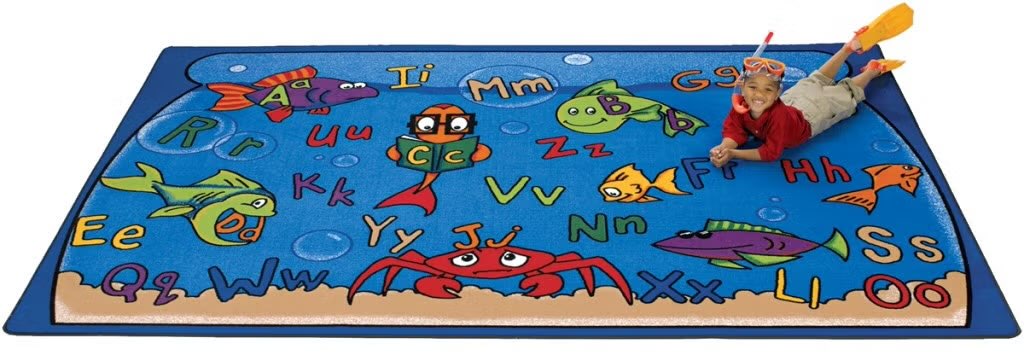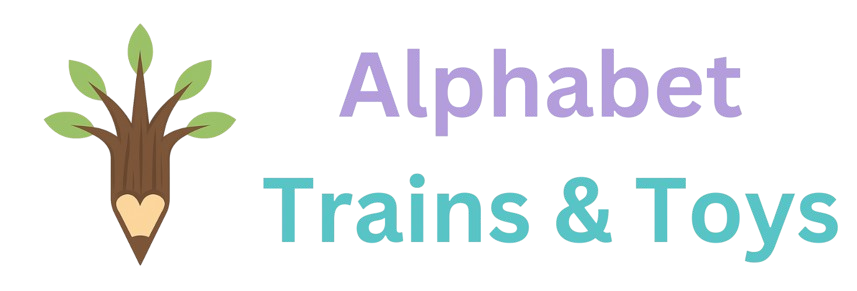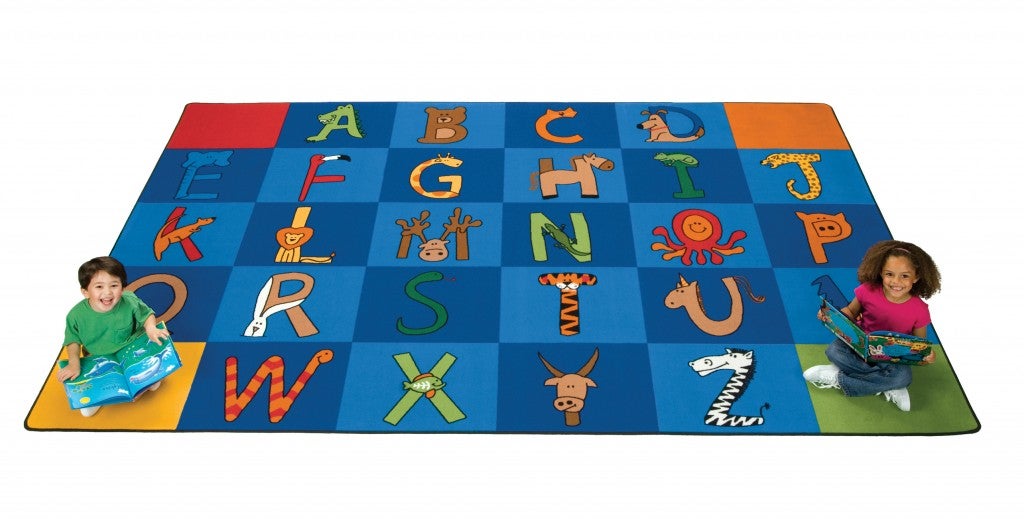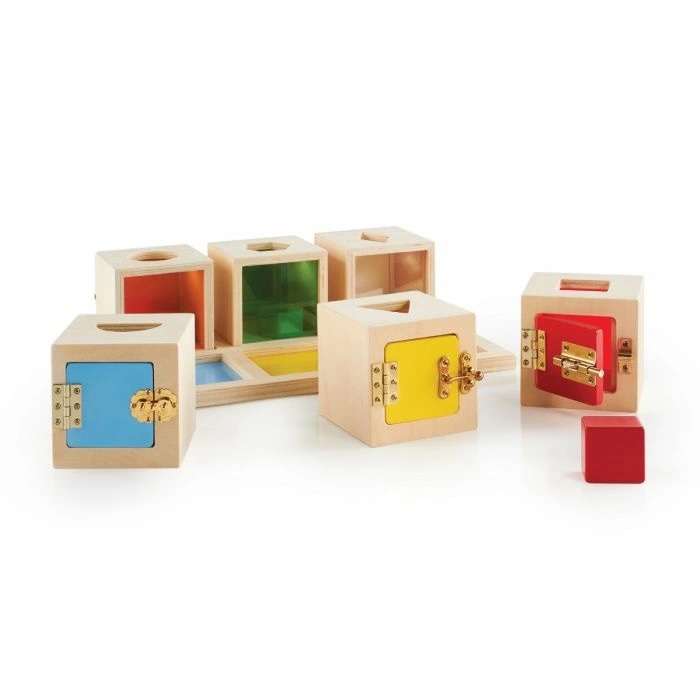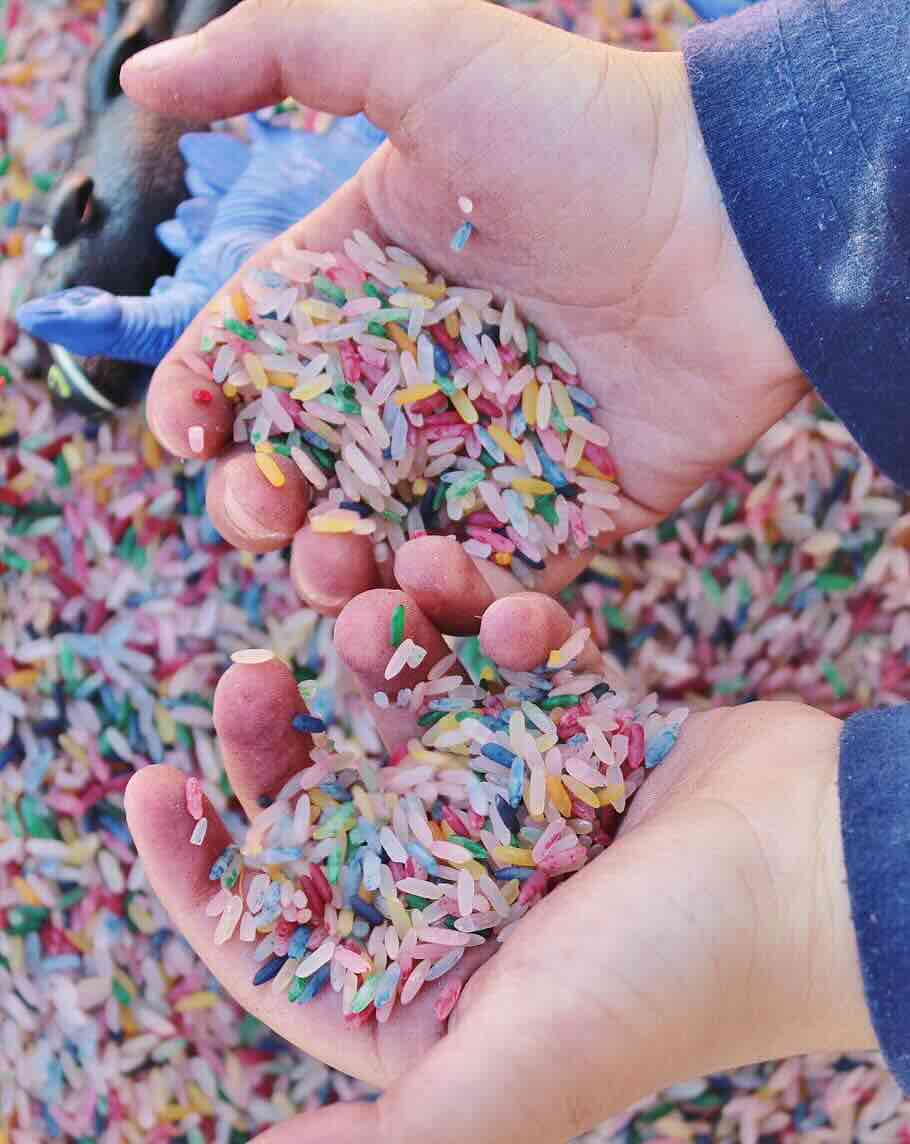Ensuring Classroom Rug Safety 🚒
Ensuring classroom rugs meet safety standards is crucial for creating a secure environment for students. Key standards and certifications help ensure rugs are flame-resistant, hypoallergenic, and free from harmful chemicals. Here's a breakdown of important safety certifications to look for in classroom rugs.
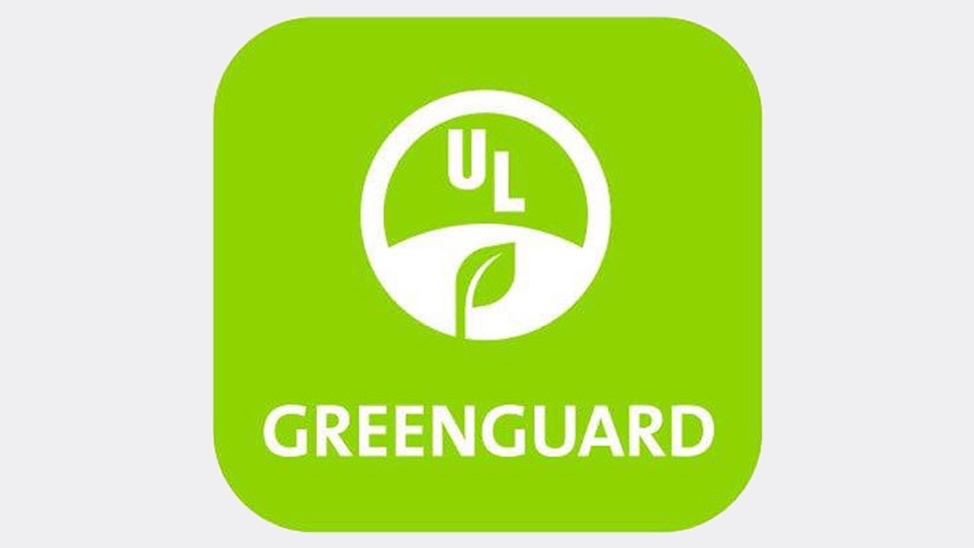
Key Certifications and Safety Standards 🛡️
- Flammability Standards (ASTM D2859 and NFPA 253): These tests assess ignition resistance and flame spread, critical for safety.
- Class I: Higher flame resistance, ideal for classrooms.
- Class II: Moderate flame resistance for lower-risk areas.
- GREENGUARD Certification: Indicates low chemical emissions, ensuring healthier indoor air quality.
- CRI Green Label Plus: Ensures low VOC emissions, contributing to a safer indoor environment.
- OEKO-TEX Standard 100: Certifies rugs are free from harmful chemicals, ideal for direct contact with children.
- Made Safe Certification: Guarantees rugs are free from toxic ingredients, ensuring safety in young children's spaces.
- Prop 65 Compliance (California): Confirms the rug does not contain chemicals linked to cancer or reproductive harm.
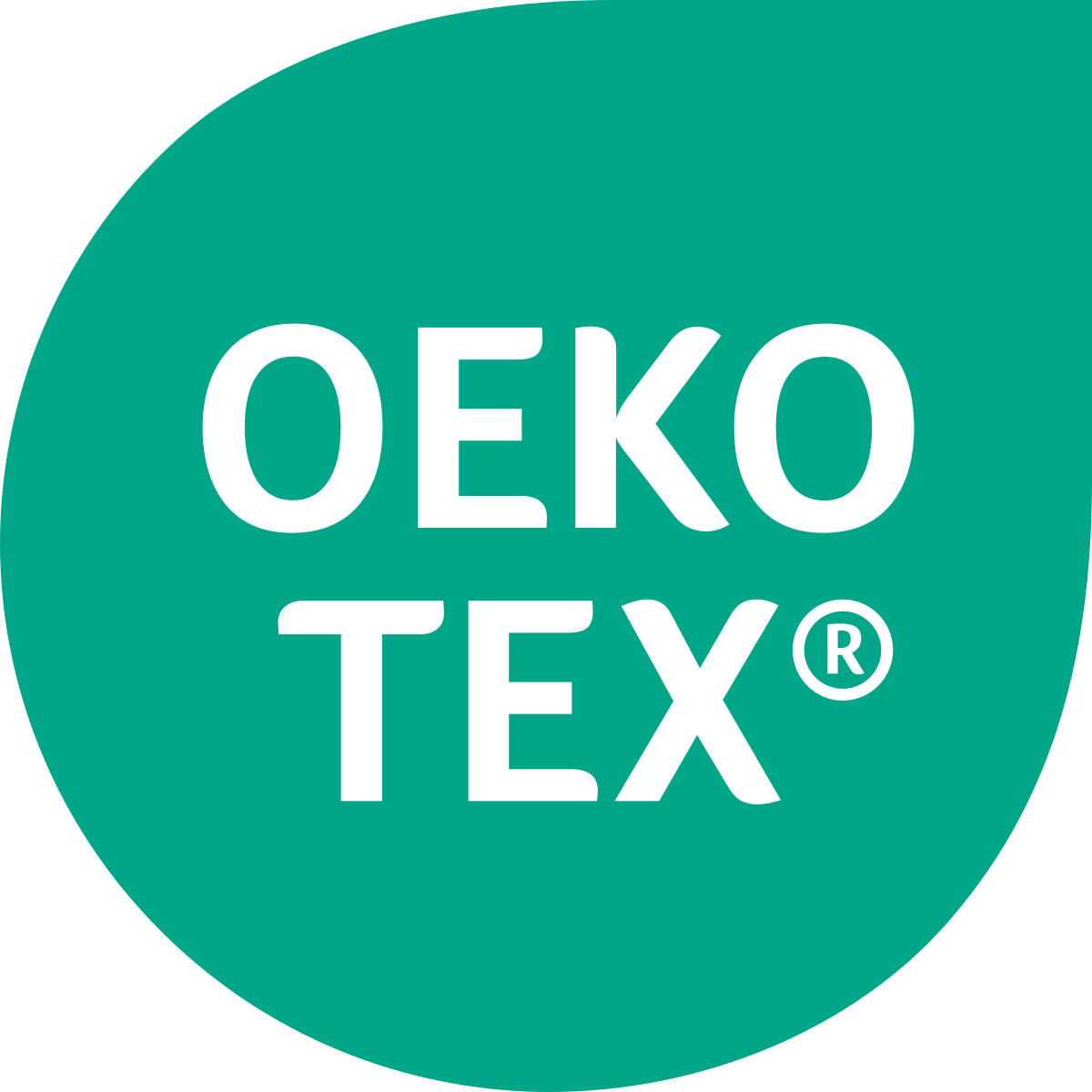
Pros and Cons of Popular Certifications 📋
| Certification | Pros | Cons |
|---|---|---|
| ASTM D2859 | Reduces fire hazards | May increase cost |
| NFPA 253 | Essential for fire safety; Class I is required in classrooms. | Class I materials can be more expensive |
| GREENGUARD | Low chemical emissions | Basic certification is less strict than Gold |
| OEKO-TEX Standard 100 | Free from harmful chemicals | Less common for synthetic rugs |

How to Choose Based on Classroom Needs 📚
- High-Traffic Classrooms: Choose CRI Green Label Plus or GREENGUARD for low emissions in busy spaces.
- Young Students: Prioritize OEKO-TEX and Made Safe certifications to ensure non-toxic materials.
- Allergy Concerns: GREENGUARD and CRI Green Label Plus certifications help minimize respiratory irritants.
- Fire Safety: Use ASTM D2859 or NFPA 253 Class I for fire-sensitive areas.
When evaluating different materials for safety and durability, it's important to understand how each material type performs under these safety standards. For a detailed comparison of how wool, nylon, and other materials stack up in terms of safety certifications, explore our comprehensive material comparison guide.
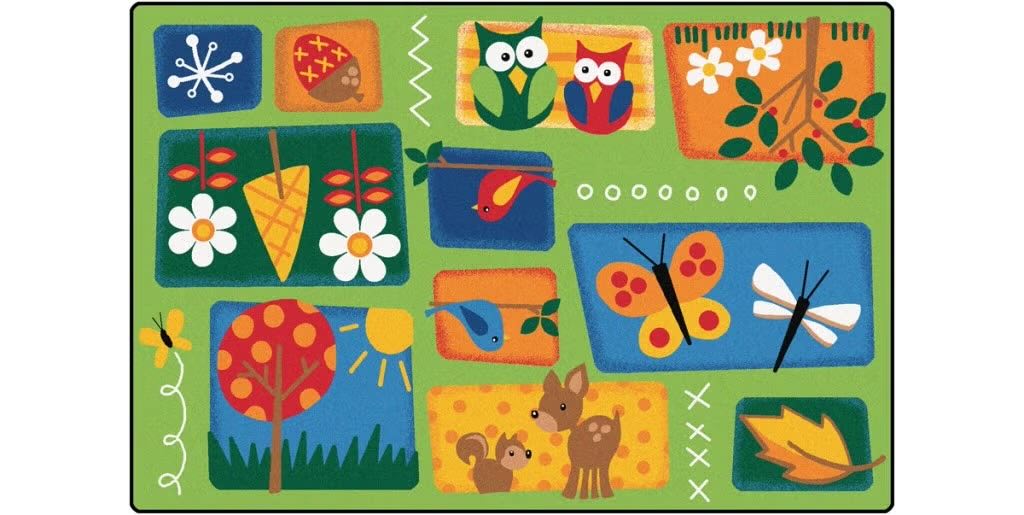
Frequently Asked Questions (FAQ) ❓
Q: Are natural fiber rugs safe for classrooms?
A: Yes, natural fibers like wool are flame-resistant and meet OEKO-TEX standards for safety. However, they may trigger allergies for some students.
Q: What's the most eco-friendly option for classroom rugs?
A: Wool is the most eco-friendly choice, being renewable and biodegradable. Some synthetic rugs, like recycled polyester, are also sustainable.
Q: How can I be sure my rug meets safety standards?
A: Check labels or certification documents to confirm standards like GREENGUARD, CRI Green Label Plus, ASTM D2859, or NFPA 253 Class I.
Wrapping It Up 🎓
When selecting classroom rugs, prioritize certifications like GREENGUARD, CRI Green Label Plus, OEKO-TEX Standard 100, ASTM D2859, and NFPA 253 Class I. These ensure a safe, non-toxic environment suitable for educational settings. Safety considerations are just one aspect of choosing the perfect classroom rug—see our full classroom carpet guide for detailed buying help with materials, themes, sizing, and more.
